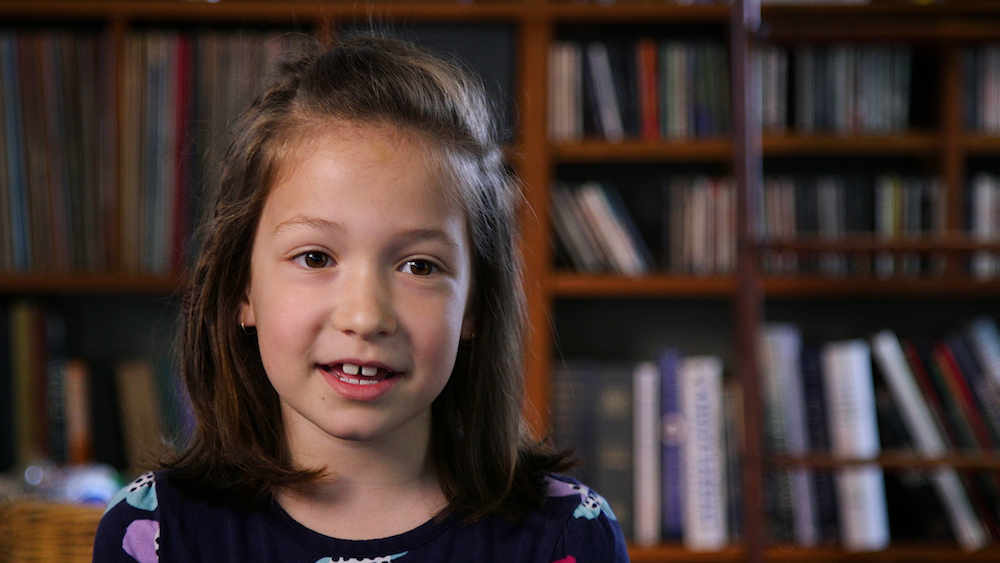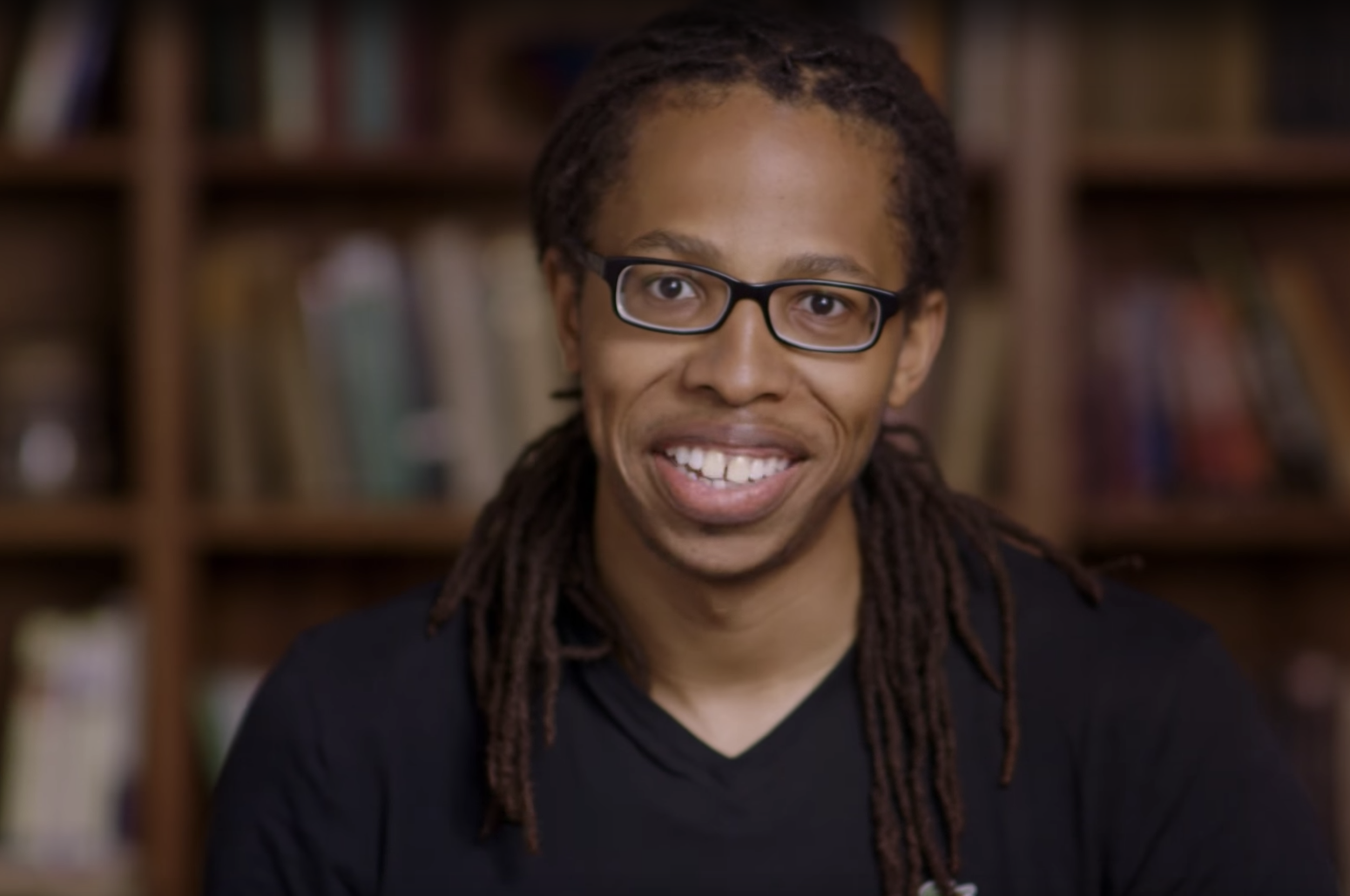By Nadine Dehgan
Nothing in my life compared to giving birth and being able to hold my heart in my arms. As most sleep-deprived new parents will attest, there also is nothing quite like the helplessness you feel when this tiny person whom you love more than anything won’t settle and continuously cries (after being fed, changed, swaddled, and is fever-free).
Before my oldest daughter was born I thought I was well-equipped to be a parent. I had always been around children, was the second oldest of six children, became an aunt at 19, had a strict pediatrician, took my parenting class seriously—and read “The Happiest Baby on the Block,” a best-selling book by Harvey Karp, M.D., recommended to me by other new parents.
Nine years later, it has been brought to my attention Karp’s ardently recommended action of “shh-ing” my daughters is extremely damaging to an infant, or any human. He advises the “shh-ing” sound needed to activate a crying baby’s calming reflex is a rough, rumbly whoosh noise that is as loud as your infant’s crying. This is at least 115 decibels (dB), according to Oregon pediatric audiologists Heather Durham, Au.D., and Shelby Atwill, Au.D. Alarmingly, sounds over 80 dB for an extended period of time are damaging and anything greater than 100 dB for even a few minutes can cause permanent noise-induced hearing loss (NIHL).
NIHL is an epidemic for American children—one in five are estimated to have significant hearing loss before the age of 20. I wonder how many children suffer from NIHL as a result of well-intentioned parents who relied on this harmful advice.
I remember reading I could put my daughters at ease by putting my mouth close to their ears and making a strong “shhhhhhhh” noise. The sound of someone’s forceful “shhhh” directly in your ear can actually be painful. (Please do not try it!) Babies have super hearing—the best hearing humans will have in their lives is when they are first born. I shudder to think how loudly I was “shh-ing” my daughters to sleep. The louder they cried, the louder I “shh-ed,” thinking I needed to do more to soothe them as I had learned.
A new grandparent and supporter of Hearing Health Foundation (HHF) recently alerted me to this danger, and after testing the decibels of my so-called soothing “shhh” sounds, I immediately had a pit in my stomach because indeed the noise is loud—dangerously loud. I had “shhh-ed” my daughters for countless nights and naps. White noise machines (usually in a stuffed animal) placed right near a baby’s head can be equally dangerous.
Like sun exposure, loud noise exposure has a cumulative effect; it could be that “inevitable” age-related hearing loss is merely the result of a lifetime of living in our noisy environments with unprotected hearing. Parents with newborns who are difficult to calm down need another, less risky option for inducing sleep, one without lifelong consequences.
















